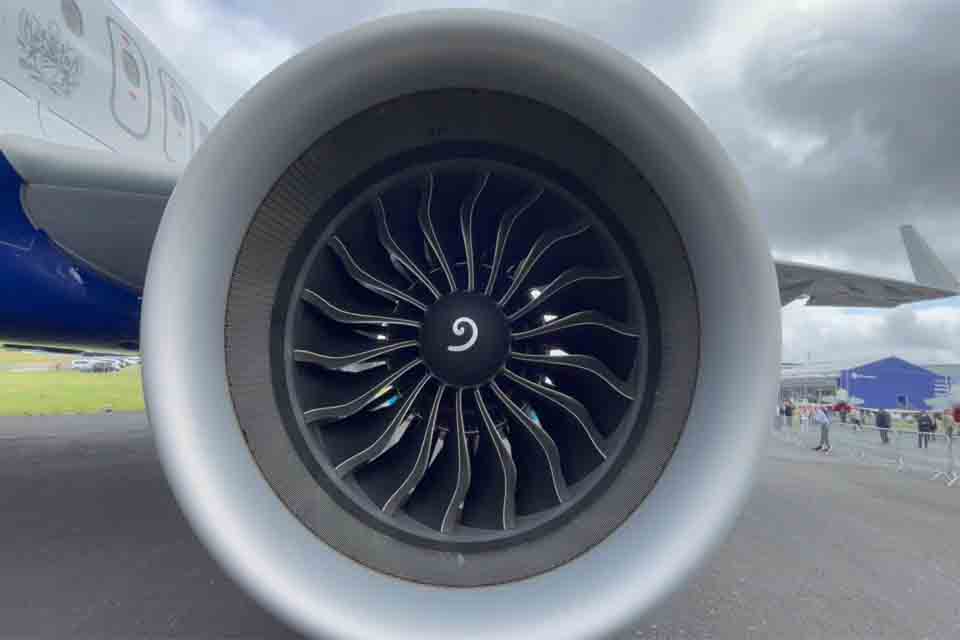Aviation
Experience the Luxury: British Airways Airbus A320neo Tour
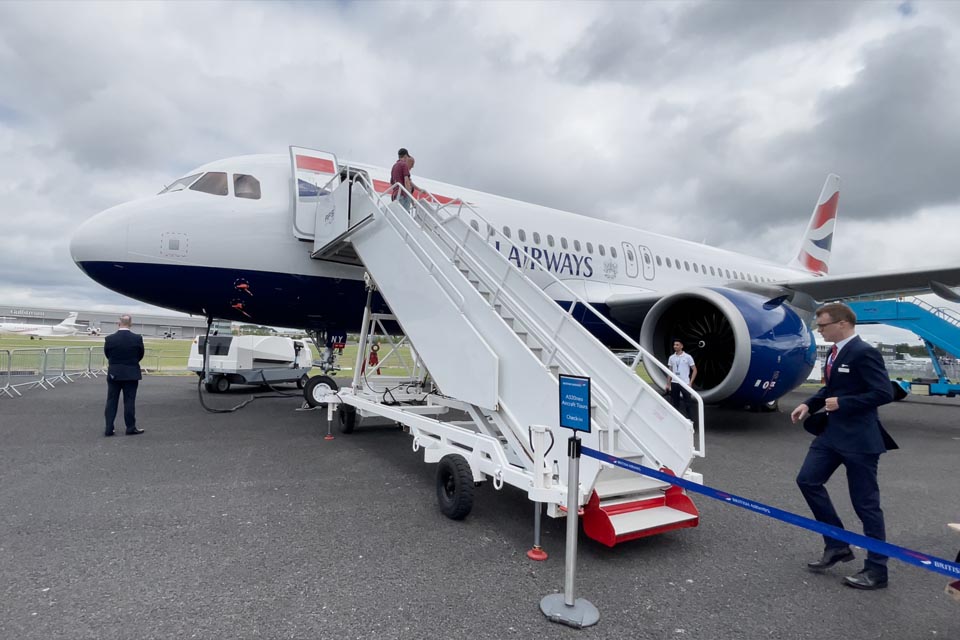
At the Farnborough Airshow, British Airways unveiled its Airbus A320neo, showcasing the epitome of luxury and modern aviation.
This aircraft, known for its advanced features and exceptional comfort, represents the airline’s commitment to providing an unparalleled travel experience.
From the state-of-the-art cabin design to the environmentally friendly technologies, the British Airways A320neo tour offers a glimpse into the future of air travel, blending elegance with efficiency.
Is It Worth It to Choose British Airways Premium Economy?Click here
British Airways’ A320neo, featuring the sleek and modern #AirspaceCabin, is a testament to the airline’s dedication to enhancing the passenger experience.
The carrier currently operates a fleet of 25 CFM Leap-powered A320neos and 15 Leap-powered A321neos, all reflecting the latest in aviation technology and comfort.
At Farnborough, the A320neo showcased its impressive seating configuration, accommodating 180 passengers across a mix of economy and Euro Business class.
This layout ensures a range of options for travelers, catering to different needs and preferences.
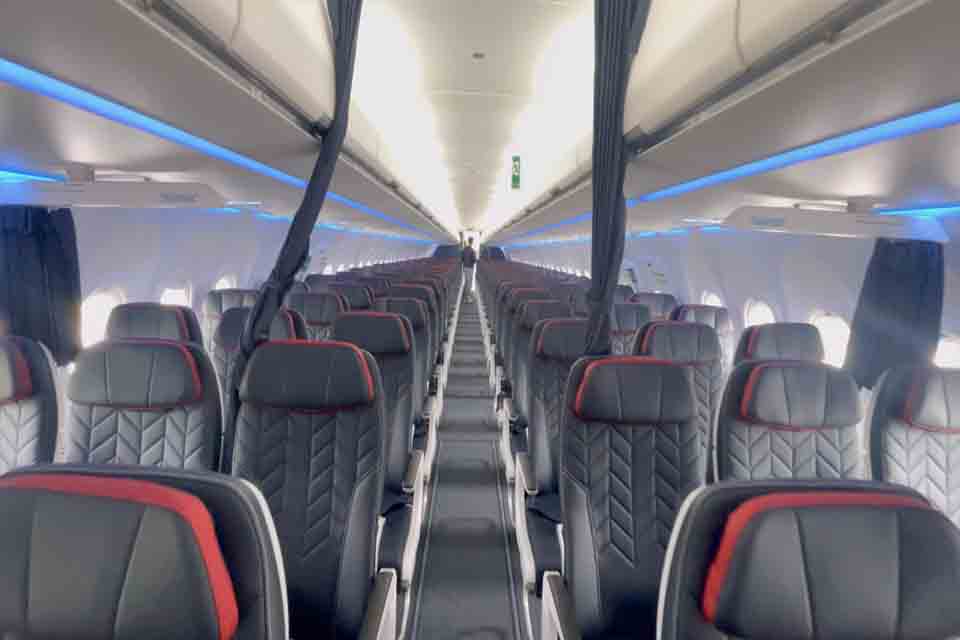
The introduction of these upgraded cabins is part of British Airways’ ambitious £7 billion transformation program.
One of the standout features of the new A320neo is the inclusion of power outlets at every seat, offering both a multi-country socket and a USB point.
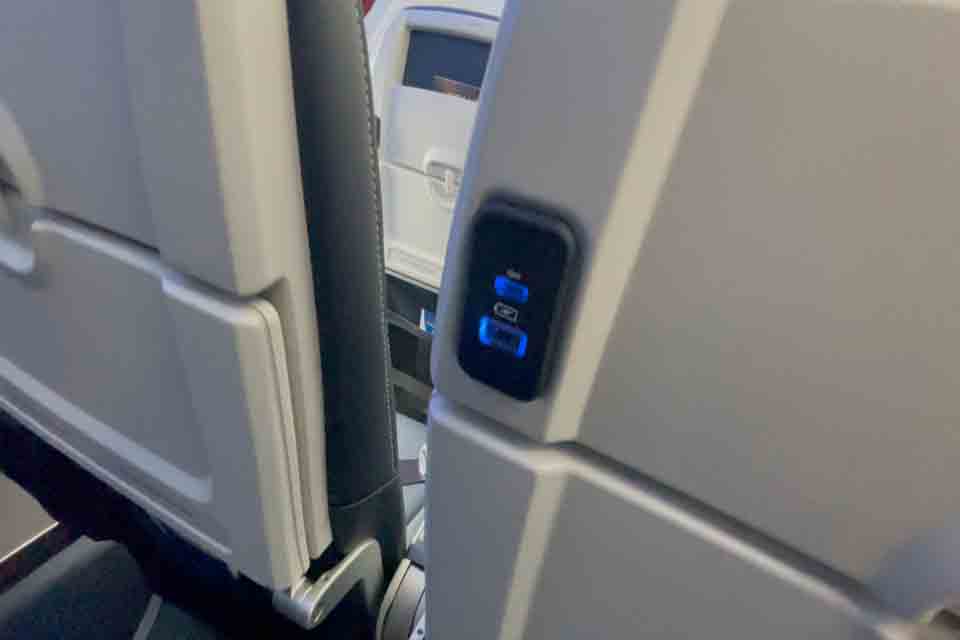
Although these outlets are discreetly positioned under the seats, the cabin crew is readily available to assist passengers in locating them.
Another significant change in the cabin is the absence of drop-down TV screens, which previously displayed the safety video and moving map. This shift reflects a broader trend in aviation towards more personalized and modern in-flight entertainment options.
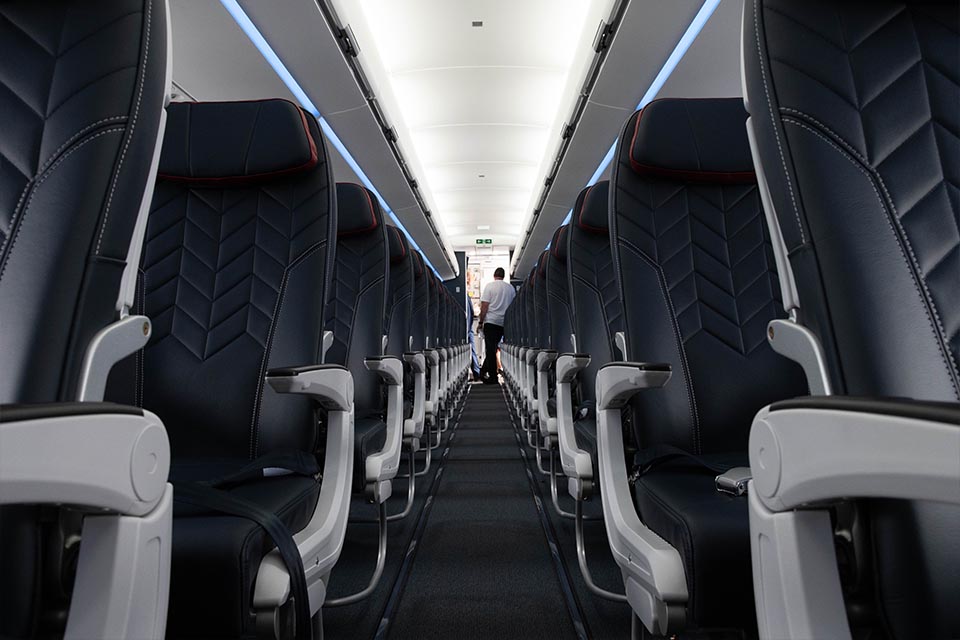
For those flying in british airways premium economy class, the experience is further elevated. Passengers are treated to an upscale dining experience, beginning with a glass of wine upon takeoff.
The main meal service includes a starter, a main course, and a dessert, with additional snacks and a variety of beverages available throughout the flight.

This enhanced service underscores British Airways’ commitment to providing a premium experience, even on short-haul flights.
The A320neo’s cabin also departs from the traditional drop-down TV screens, opting instead for more streamlined features that focus on personal device usage.
This reflects a growing trend in modern aircraft design, prioritizing passenger preferences and technological advancements.
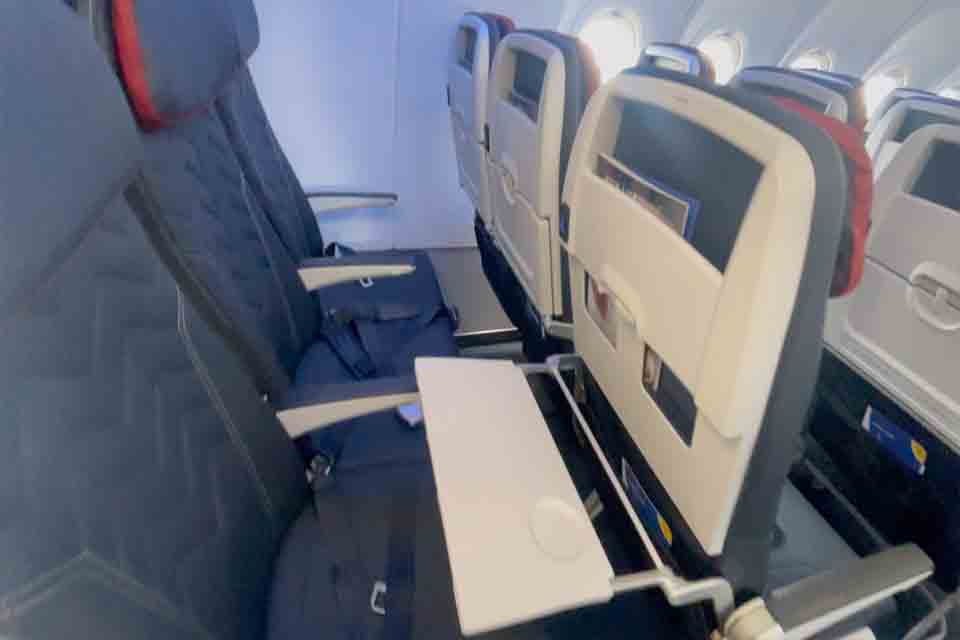
Overall, the british airways fleet Airbus A320neo represents a significant step forward in the airline’s mission to provide a superior travel experience.
Its combination of advanced technology, thoughtful design, and luxurious amenities ensures that passengers can enjoy a journey that is as comfortable as it is efficient.
British Airways Launches its New Uniform For Pilots, Cabin Crew:Click here
The Farnborough Airshow provided an ideal platform for British Airways to demonstrate these advancements, showcasing the A320neo as a symbol of the future of air travel.

Aviation
Airbus Enhances A350 Cabin with 10-Abreast Seating

Airbus has announced a new partnership with Jiatai Aircraft Equipment, a Chinese aircraft seating manufacturer, to supply upgraded economy-class seats for the A350 widebody series.
This collaboration, unveiled at the 2024 Airshow China, focuses on developing a newly designed economy seat tailored for the A350‘s New Production Standard (NPS) cabin.
One of the key features of the NPS cabin is the ability to accommodate 17-inch wide economy seats, compared to the previous 16.5-inch wide seats that airlines were limited to in the A350’s earlier configurations.
British Airways Unveils Its Brand-New First Class Cabin for the Airbus A380
This change is made possible by the expanded space in the NPS cabin, which is 35 inches longer and 4 inches wider than the previous version. This extra space is achieved by slightly moving the cockpit wall forward and shifting the rear pressure bulkhead back by one frame.
The wider cabin allows airlines to add up to 30 extra economy seats without compromising comfort. For airlines opting for a 3-4-3 seating layout, the 17-inch wide seats are an excellent choice for a more comfortable passenger experience. However, some airlines, such as Iberia, may choose to retain a 9-abreast layout with wider seats for added comfort.
The NPS cabin also offers enhanced flexibility for airline operators. One major advantage is the ability to easily switch between a 9-abreast and 10-abreast seating configuration without requiring significant downtime for aircraft reconfiguration. Airlines can use the same seat rails, tracks, and IFE interfaces, making the transition smoother and quicker.
Etihad Airways Unveils 10 Exciting New Routes for 2025
In addition, the design of the floor attachments and air-conditioning systems has been optimized for 10-abreast seating, meaning airlines can upgrade their cabins without needing to make substantial modifications to the aircraft’s structure.
Though it’s still unclear when Jiatai’s economy-class seats will be officially added to the A350’s Buyer Furnished Equipment (BFE) catalogue, the collaboration marks a significant step toward enhancing the A350’s cabin offerings.
With this partnership, Airbus is providing more seating options for airlines, ensuring that they can meet diverse customer needs while improving overall operational efficiency.
-

 Aviation2 months ago
Aviation2 months agoMicrosoft Flight Simulator Raises $3 Million to Bring Back the An-225 Mriya
-

 Airlines2 months ago
Airlines2 months agoQatar Citizens Can Travel to the United States Without a Visa
-

 Aviation2 months ago
Aviation2 months agoQatar Airways bans these new Electronic Devices on plane
-

 Airlines2 months ago
Airlines2 months agoJapan Airlines Rolls Out Free Domestic Flights to International Passengers
-

 Defence2 months ago
Defence2 months agoWhich Country Has the Largest Fleet of Fighter Aircraft?
-

 Airport2 months ago
Airport2 months agoWestern Sydney Airport Welcomes Its First Plane After 6 Years of construction
-

 Airlines4 days ago
Airlines4 days agoDAMAC Air: Dubai’s New Luxury Airline Offers Free Flights for Registration
-

 Aviation2 months ago
Aviation2 months agoDid you know ? Once Boeing 747 carried 1088 passenger in 1991

